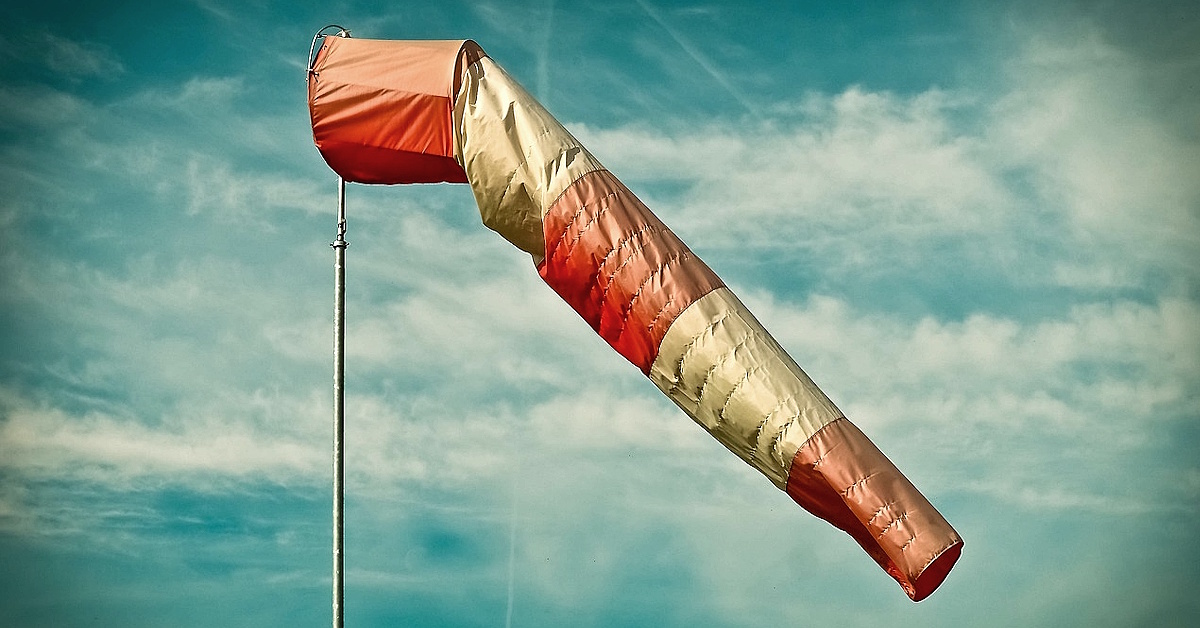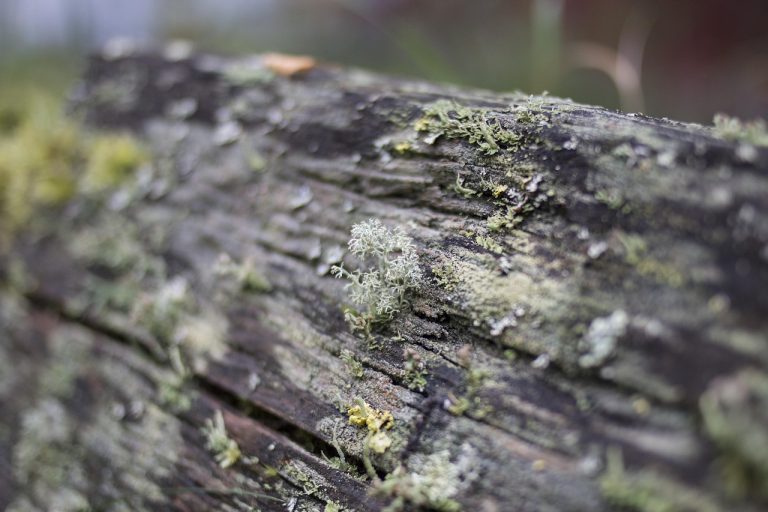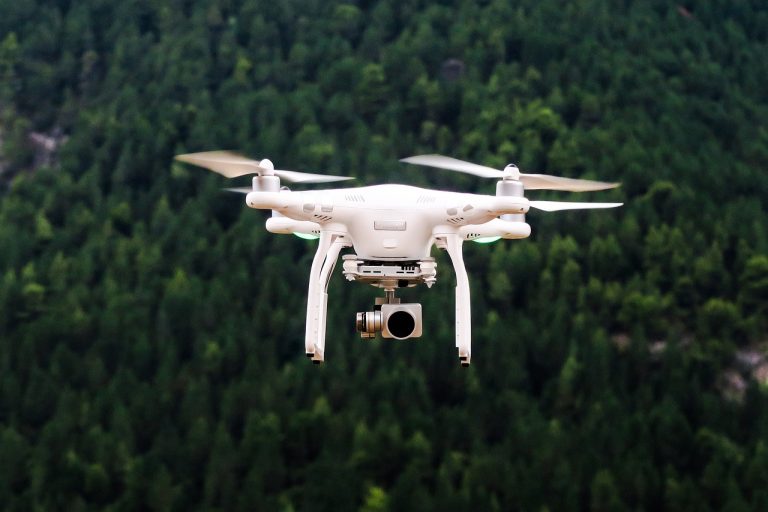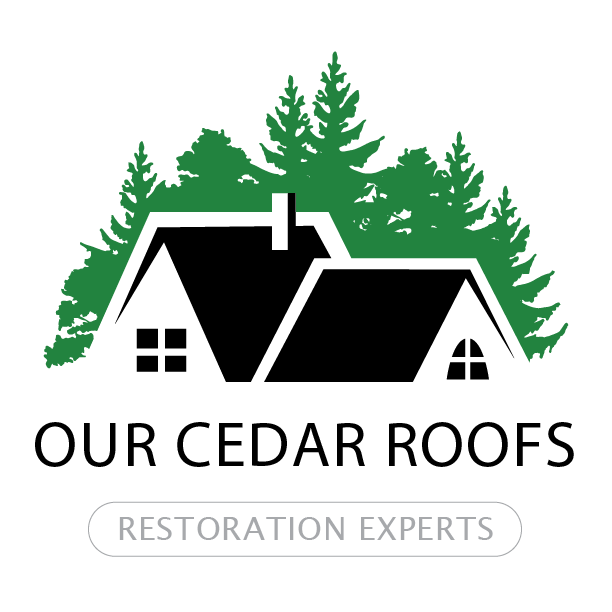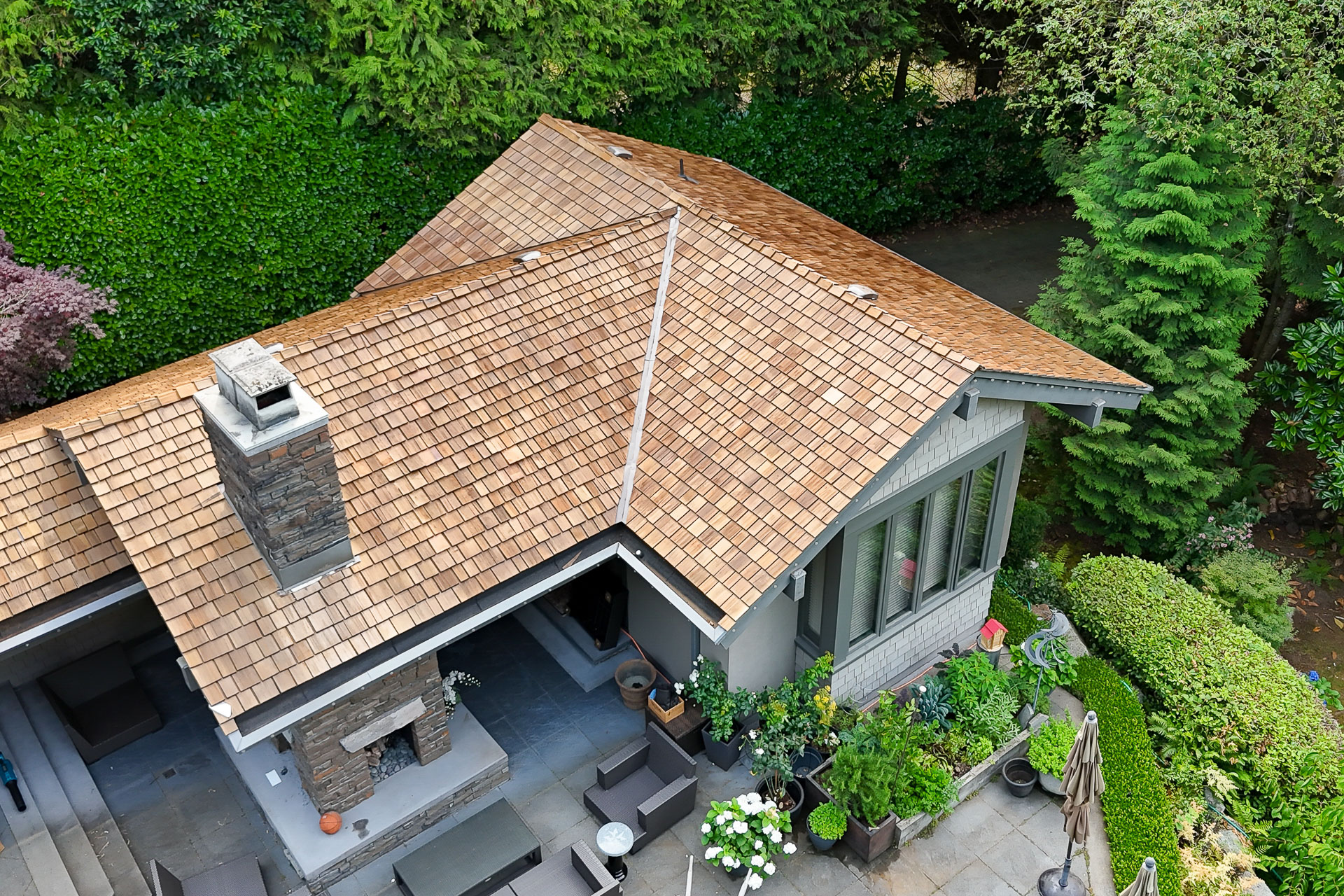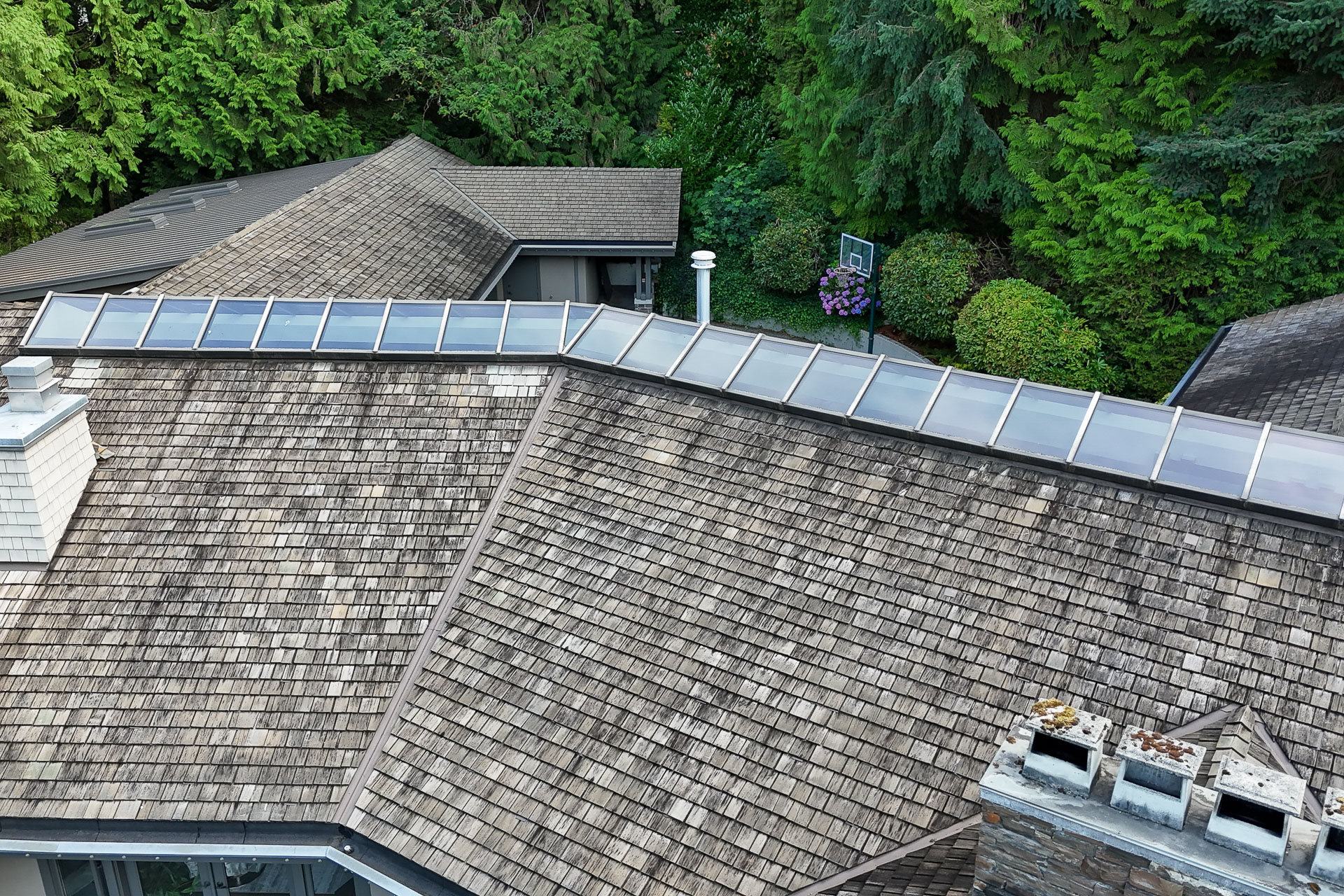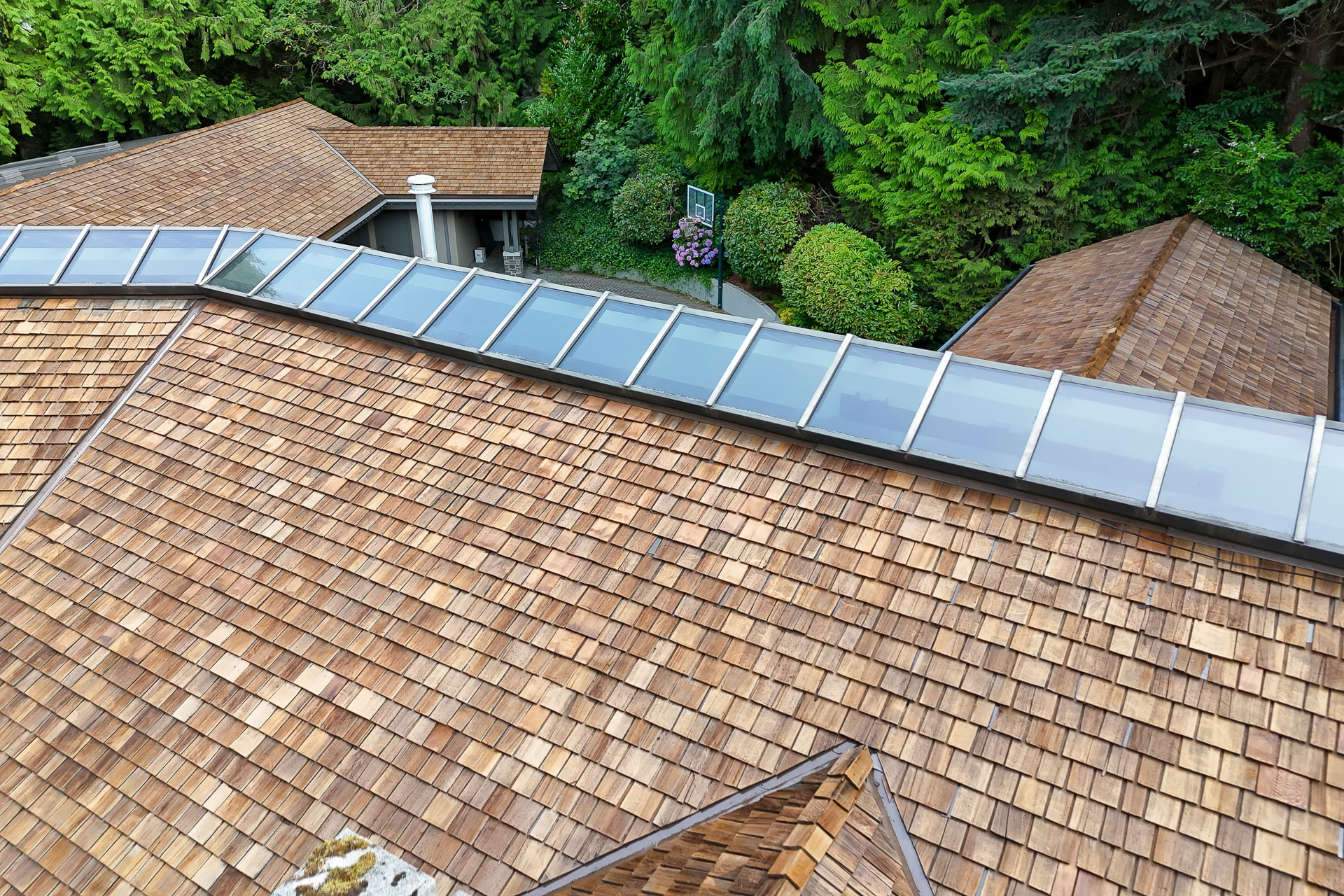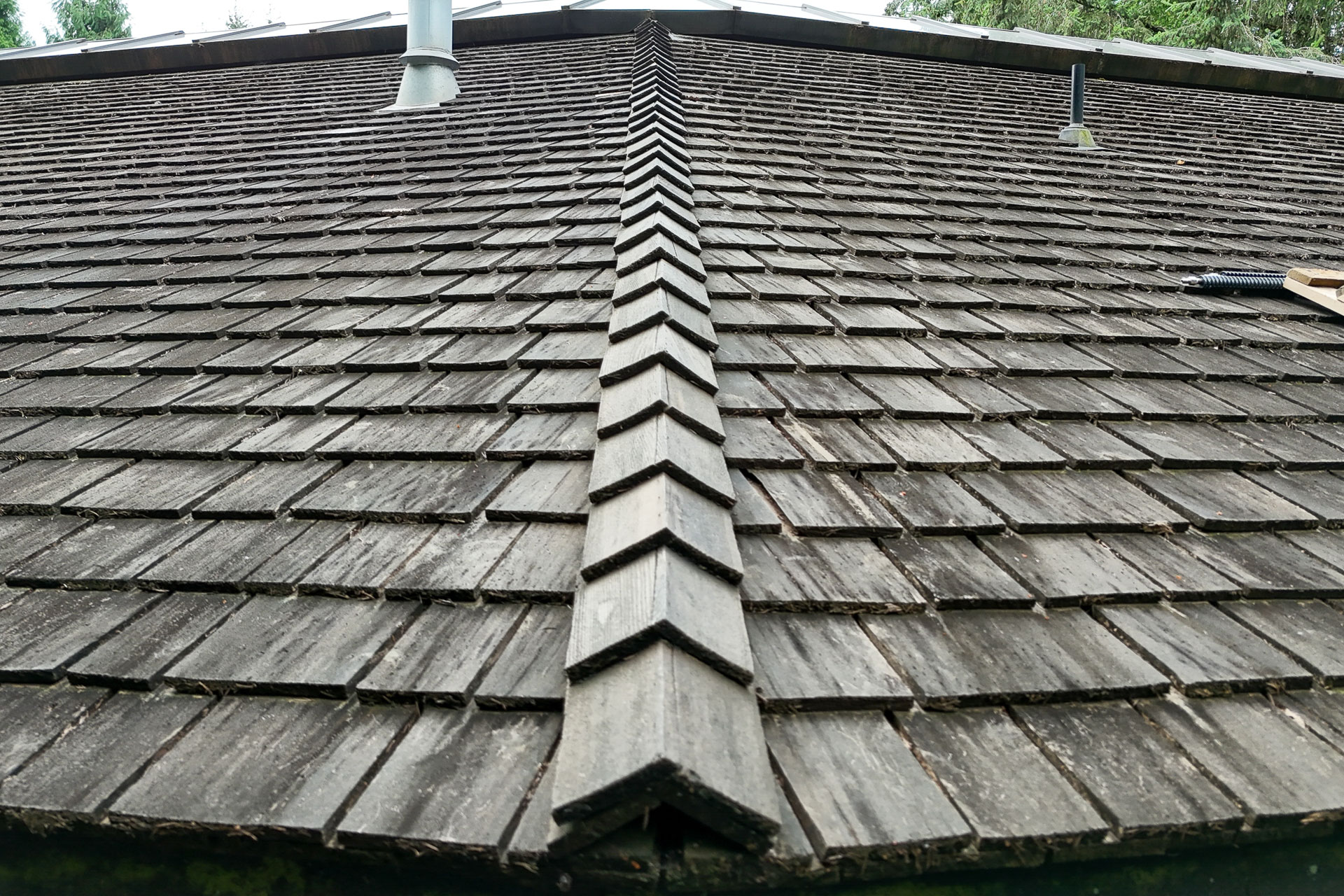The positive and negative effects of rain on cedar roofs
Learn about the positive and negative effects of rain on cedar roofs.
Rain can have a significant impact on cedar roofs, both positive and negative, depending on various factors such as the intensity and frequency of rainfall, roof maintenance, and the type of cedar used. Here’s a breakdown of the effects of rain on cedar roofs:
The positive effects
- Natural cleaning: Light rainfall can help to wash off dust, dirt, and debris that accumulate on cedar shingles over time. This natural cleaning can help keep the roof looking fresh and prevent buildup that might otherwise lead to long-term issues like mold or algae growth.
- Preservation of the wood: Cedar is naturally resistant to rot and decay due to its high tannin content, and regular exposure to rain can help preserve the integrity of the wood by maintaining its moisture balance. This can prevent the shingles from becoming too dry and cracking or splitting.
The negative effects
- Moisture damage: Excessive rain, especially over long periods, can lead to moisture retention in the cedar shingles. While cedar is naturally resistant to rot, prolonged exposure to constant wet conditions can encourage moss, mold, and mildew growth, which can degrade the wood over time.
- Wood expansion and contraction: Cedar is a type of wood that expands when wet and contracts when dry. Repeated cycles of wet and dry conditions, such as frequent rain followed by dry weather, can cause the wood to expand and contract, leading to warping or cracking. Over time, this can compromise the roof’s structural integrity.
- Fading and discoloration: While cedar naturally weathers to a silver-gray color when exposed to the elements, consistent rain without proper maintenance can accelerate this weathering. The roof may start to look dull, lose its aesthetic appeal, and even discolor unevenly.
- Erosion of protective coatings: Many cedar roofs are treated with protective sealants or stains to enhance their durability against the elements. Rain, particularly if acidic, can gradually erode these coatings, reducing their effectiveness in preventing water damage and UV degradation. This leads to the wood being more exposed to the elements and needing more frequent maintenance.
Maintenance considerations
- Regular inspections: It’s important to inspect cedar roofs regularly for signs of water damage, such as sagging, discoloration, or mold. Spotting issues early can prevent long-term damage.
- Cleaning: Remove leaves, branches, and other debris that might trap moisture against the shingles, which can promote rot. Regularly cleaning the roof can also prevent moss and algae growth.
- Proper sealing: Applying a high-quality sealant to the cedar can help protect the wood from water penetration and the negative effects of rain. However, it’s crucial to reapply these sealants as needed, as rain and weathering can wear them down over time.
In conclusion, while rain is a natural element that cedar roofs are built to withstand, consistent exposure can lead to wear and tear. Proper maintenance is key to ensuring that a cedar roof remains functional and aesthetically pleasing throughout its lifespan.
Thank you for reading this article and we sincerely hope it was useful and informative.
Our Cedar Roofs Inc.
Restoration experts
Sources & credits
Related articles
